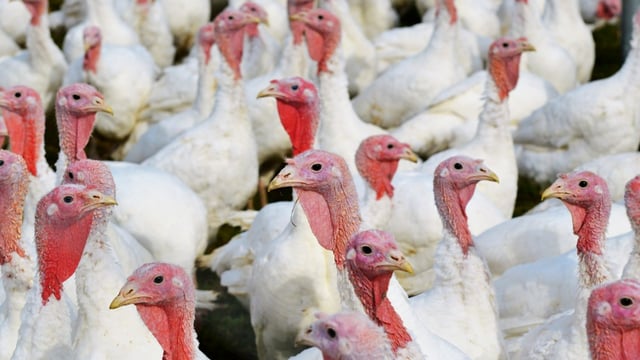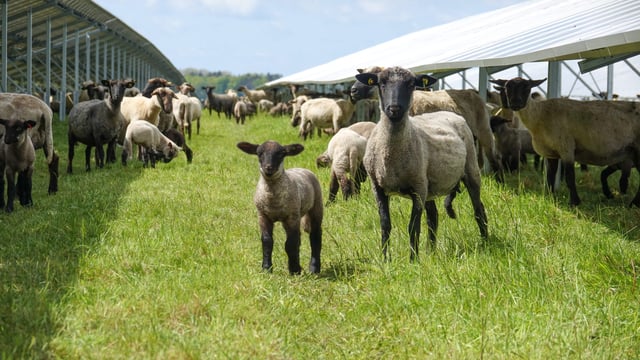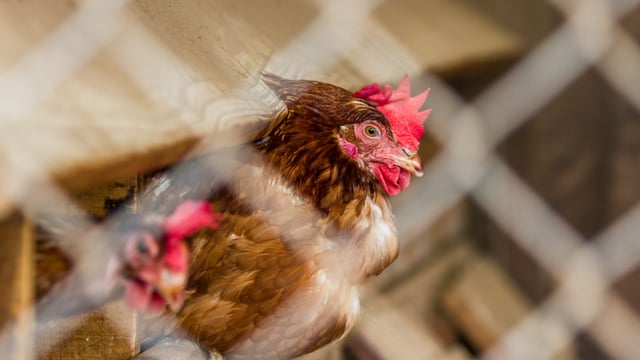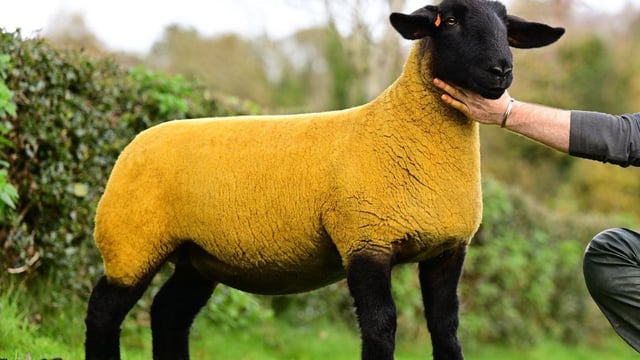Time to weigh young stock before winter housing
Despite a lot of animals having already been housed for the winter, farmers should consider weighing young stock before fully housing the entire herd.
Farmers who are involved in the Suckler Carbon Efficiency Programme (SCEP) or National Dairy Beef Weighing Scheme should already have done this, as the scheme offers €20/eligible calf if weights were submitted by November 1.
However, dairy farmers who are not in these schemes should be weighing their heifers regardless, as it can actually save them money.
A lot of farmers also find achieving the desired levels of weight gain over the winter months to match body condition scores (BCS) can be a challenge when guessing weights.
Weighing
Teagasc studies have shown that animals who do not achieve their target weights during their first 24-months often have reduced milk yields, and are therefore more likely to be culled before their third lactation as a result.
This is an expensive system to run, as the heifer will always be a marginal cow, costing as much as she is producing and never regaining her rearing costs, as profits typically only begin after the third lactation.
However, achieving the correct weight by mating start date (MSD) is a much easier task these days with a combination of technology, better formulated diets, and easy access to weigh bridges.
Organisations such as the Irish Cattle Breeding Federation (ICBF) rent weighing scales from €50/day, and a lot of local marts also rent out scales.
However, a lot of farmers are choosing tobuy scales recently, as they are covered under TAMs 3 at up to 60% with a reference cost of €1,517.97.
With the cost of rearing a single heifer coming in at €1,500, a scale can save money by improving weight gain and BCS, therefore saving costs on their diet, fertility, ease of calving, and milk production during first lactation.
If you do get a weigh bridge, it is important to take the measurements seriously, and not just run animals through it for grants without taking action on the figures.
Farmers are advised to always use the guide in the table below as a rough benchmark.
| Age | Percentage of mature body weight |
| 6 months-of-age | 30% of mature body weight |
| 15 months-of-age | 60% of mature body weight |
| 24 months-of-age | 90% of mature body weight |
Underweight heifers
Any underweight heifers must be grouped together and put on a more intensive diet to ensure they are the correct weight at MSD in April/May, which will improve fertility and help let replacements calve down at the optimal age of approximately 22-24 months-of-age.
Underweight heifers will need top quality silage with a dry matter digestibility percentage above 75. They may also require additional concentrates and minerals in their diet.
During the winter feeding, formulating the correct diet to match weight gain is not enough, farmers will also have to ensure that their heifers have adequate feed space to make full use of the given feed.
Come spring time, heifers should be given as early of a turnout as possible, this is due to the higher weight gains achieved from quality grass rather than winter diets
As important as it is to ensure replacement heifers are reaching their target weights, it is also vital to remember that overweight animals will also have reduced future productivity and profitability.











